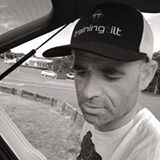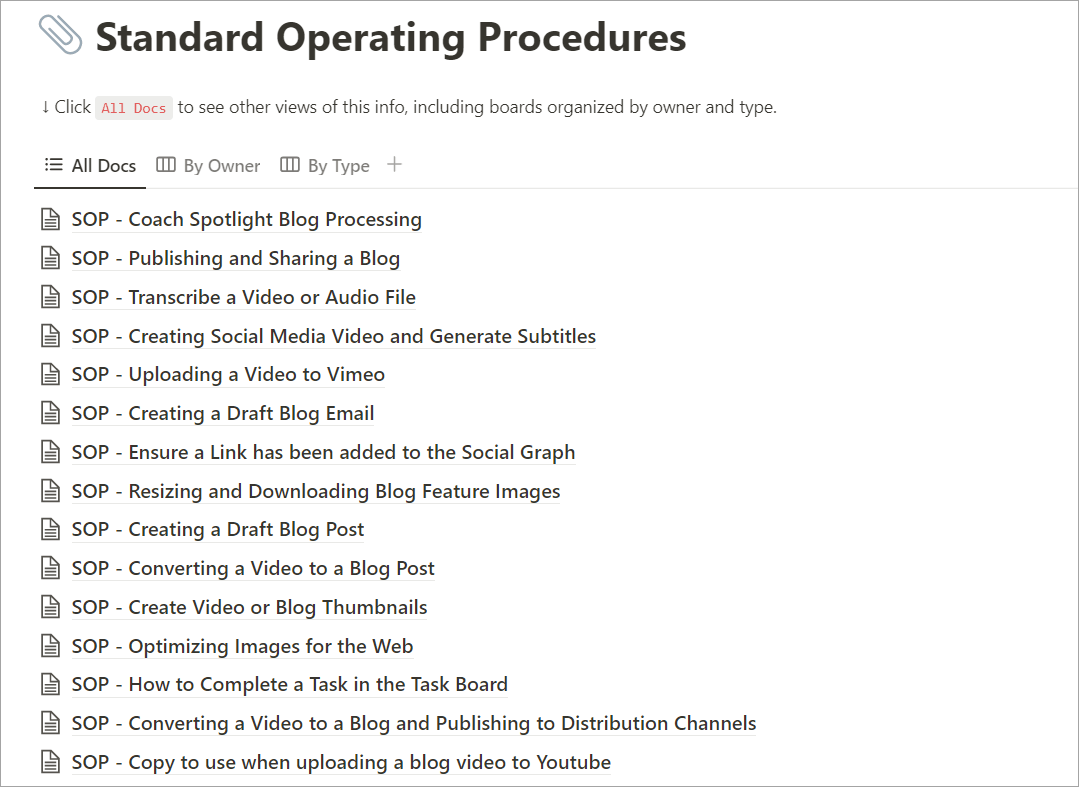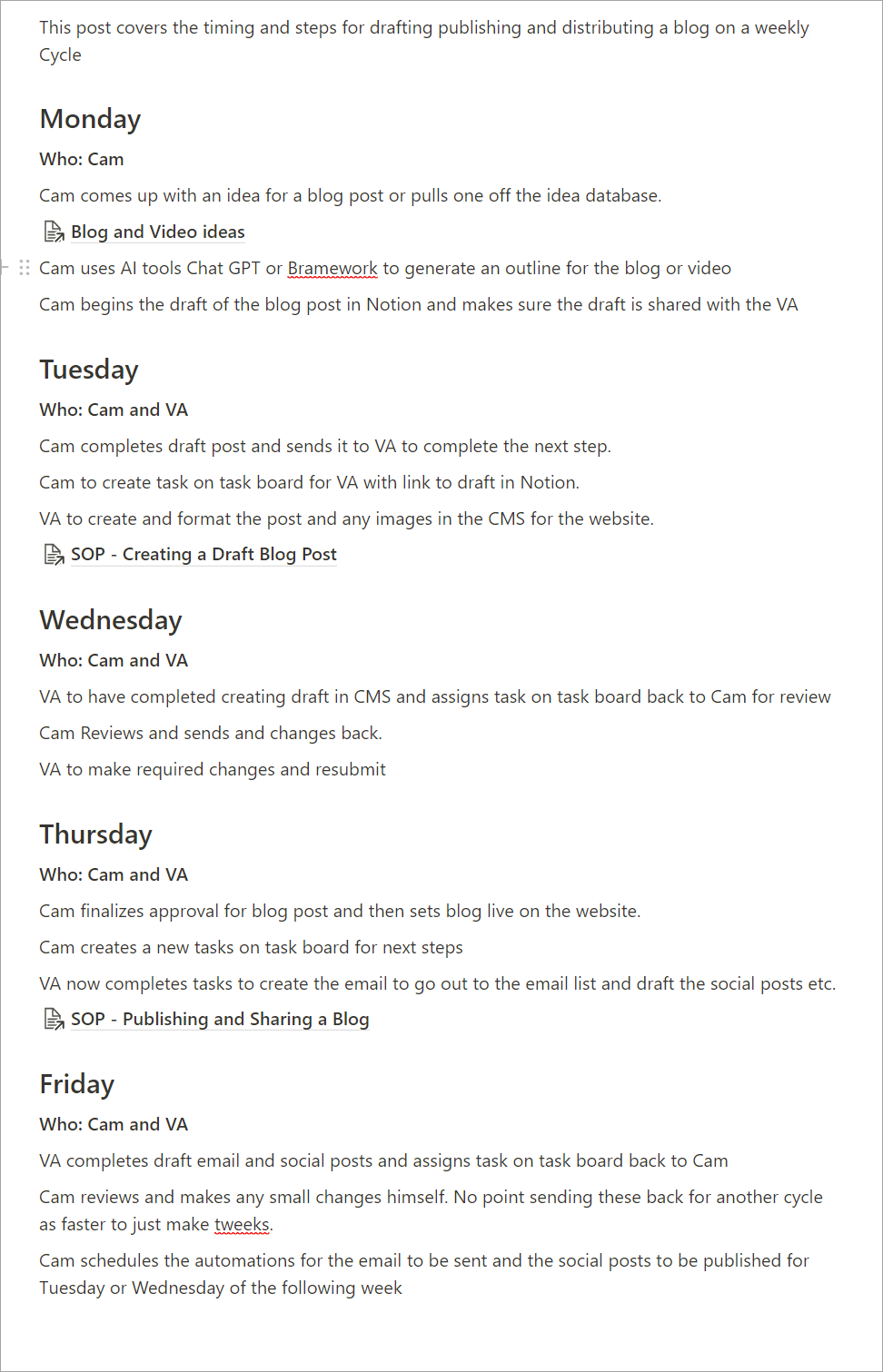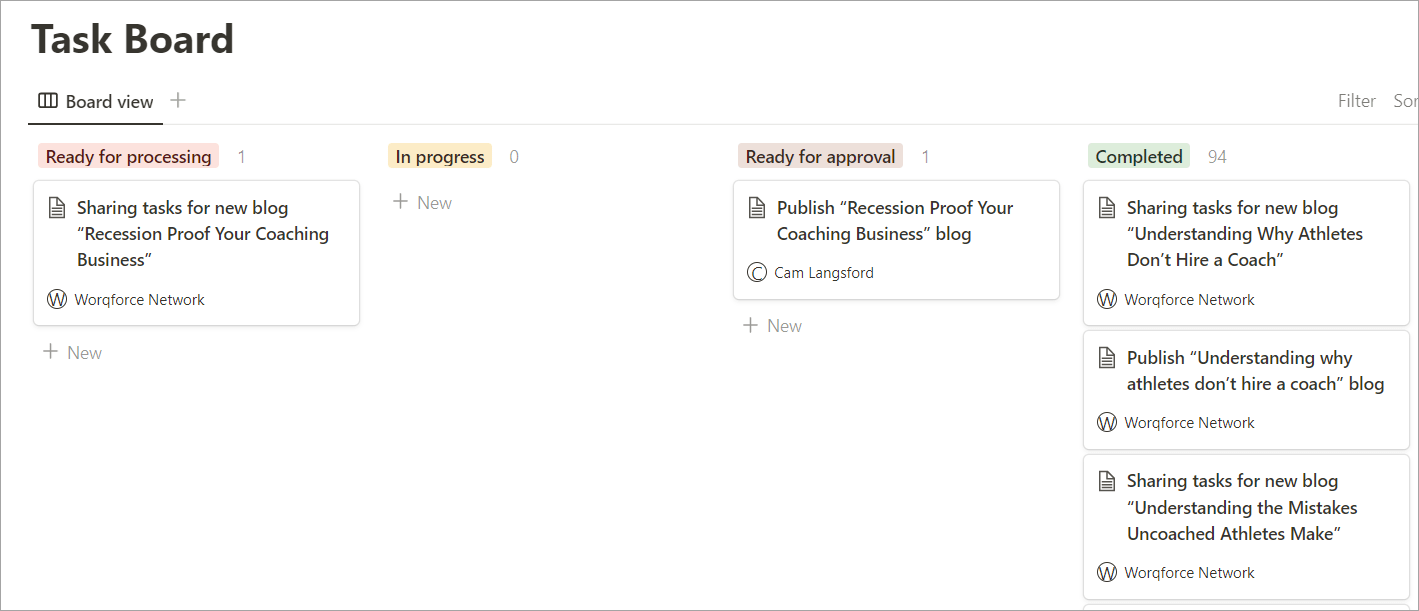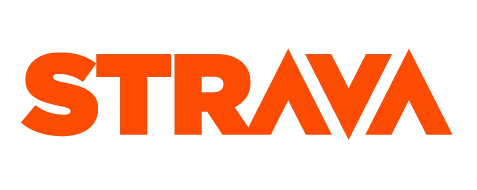It’s January so like me you might be thinking about goals for your business in 2023.
Funny thing about a lot of running, triathlon and endurance coaches is that they tend to nail their coaching, training and racing goals but aren’t so great at setting and achieving goals in their businesses.
I find I often fall in to this category myself. The intention and the high level goals are often right but the practical mechanics are missing.
The process of going from setting a goal to achieving it can be compared to training for an endurance race like a marathon. Just like how you would set a goal to finish the marathon in a goal time, you would follow a structured process to prepare for the race. This might include creating a training plan, putting systems in place to track your progress, and scheduling your workouts. Similarly, in order to achieve your business goals, it's important to set the goal, create a strategy, put systems in place to execute the strategy, document the steps, and schedule tasks. By following a structured process, you can increase your chances of success and reach your goals, whether it's finishing a marathon or achieving success in your business.
Just like training for a big event, achieving your goals as a running, triathlon or endurance coach requires careful planning and execution. In order to increase your chances of success, it's important to follow a structured process.
I’ve broken it down into 5 stages that I think make sense. For each stage I’ve related it back to endurance training and racing goals.
The 5 Stages of Setting and Achieving Business Goals
1. Setting the goal
The first step in the process is to identify what you want to accomplish and why it's important to you. By making sure your goal is specific, measurable, achievable, relevant, and time-bound (SMART), you can increase your chances of success.
Endurance: In endurance training this is the training or racing goal itself. e.g complete a sub 3 hour marathon or win your age group at an Ironman.
2. Setting the strategy to achieve the goal
Once you've identified your goal, it's important to create a plan for how you'll achieve it. This includes breaking your goal down into smaller, more manageable steps and determining the actions you need to take to make progress.
In Endurance training this would be the overall strategy involved in the training. Setting the long term training plan, when do you start, what phases will the plan entail, what training principles will be involved.
3. Creating the systems to execute the strategy
In order to execute your strategy effectively, you'll need to have the right tools and processes in place. This may include setting up systems to track your progress and measure your success, as well as delegating tasks and responsibilities as needed.
In endurance training this might include what devices to use, what software to implement, and what process to use when implementing a coach/athlete relationship.
4. Documenting the actual steps for the systems
Written documentation, such as standard operating procedures and flow charts, can help ensure consistency in the way tasks are completed and make it easier to train new team members.
In endurance training this might include the detailed instructions for individual workouts, sessions and nutrition. A library of workouts describing how to execute each one.
5. Scheduling tasks on a recurring basis
By scheduling tasks on a recurring basis, you can ensure that they get done on a regular basis and that you have sufficient time to complete them. This may include using a scheduling tool to plan out when each task will be done and assigning tasks to specific team members or rotating responsibilities.
By following these five steps, you can increase your chances of achieving your goals as a running and endurance coach.
In endurance training this is the actual training plan itself and when each individual training session is scheduled for.
At this point it’s probably helpful to use an example so I’ll use one from my own business.
Cam’s Example Goal for Training Tilt
The Goal
In 2023 help 50% more running, triathlon and endurance coaches get better results for their clients and their businesses with our software platform Training Tilt but also with guidance and advice. So if in 2022 I helped 100 coaches, in 2023 I want to help 150 coaches.
Strategy
I have a few strategies to use to execute on this goal but I’ll just cover one in this post.
The strategy is using content marketing (ie blogs and videos) that include help and advice that is useful for running, triathlon and endurance coaches regardless of whether they are already using Training Tilt.
This strategy will enable me to become more known, liked and trusted by more coaches. If more coaches know, like and trust me then I’ll be more likely to be able to help them.
The strategy involves publishing and distributing one substantial piece of content every week for the next 52 weeks.
This article I’m writing right now is number 2 of 52 and I’m using all of the systems, processes, resources and documentation outlined below to get this post from idea to publishing and distribution over a one week cycle. Then I will just repeat for another 50 weeks, tweaking or modifying the process as we go.
I’ve actually already gained a little momentum as I started in early December so in total I think I’m up to a 6 week streak including this post.
The Systems and Processes
The systems I will use for this include a number of software platforms and also human resources. I’ll use tools processes, and resources like;
- A set of tasks, organized to determine who will do what, when and where
- Artificial intelligence (AI) based content idea and outline generation software (I’ll write a post about this soon as it’s a gamechanger for productivity).
- Documentation, project planning and collaboration tools in Notion
- A website CMS system for publishing the blogs and videos
- A tool to easily draft, approve and schedule social posts
- The human resources will be me and my VA
Documentation
Each and every step in the process of publishing a piece of content every week (the strategy) will have an individual guide or SOP (Standard Operating Procedure). These documents are published inside the Training Tilt Notion account and are available for me and my VA to access at any time.
This screenshot shows some of the individual documents that make up some of the systems and processes required for publishing a blog post or a video.
Scheduling Tasks
For this step we use one standard operating procedure that covers the weekly process on a day to day basis. This is the document that is used every week Monday to Friday. Each week we also use Notion’s task board and “swim lanes” for creating each of the individual tasks, assigning them to team members and moving them through each of the stages throughout the week. Knowing what to do every day of the week makes this process easy and helps ensure it get’s done every week.
As James Clear the habits expert says, making habits as easy and automatic as possible is an important factor in being successful.
Sometimes things don’t go quite to plan though so it’s good to have a buffer within cycle so missing one day doesn’t destroy the whole task. E.g It’s 8:11 pm on a Tuesday night and I’m drafting this post that should have been done yesterday but I just couldn’t get to it. There’s enough margin in the schedule outlined below to miss a day or two during the week and still get the post published and distributed the following week.
This screenshot shows one of the process SOPs that links the individual SOPs and describes the week long process of creating an idea for a blog post, drafting it, publishing it and then distributing it.
This screenshot shows the task board as we step through the process. Each stage of the process has a “Swim Lane”. Ready, in progress, ready for approval and completed
Conclusion
Following a structured process that includes setting the goal, creating a strategy, putting systems in place, documenting the steps, and scheduling tasks on a recurring basis can help increase your chances of success as a running and endurance coach. By setting clear, specific, and measurable goals and creating a plan to achieve them, you'll have a roadmap to follow. Having the right tools and processes in place, and documenting the steps, will help make it easy to track your progress and measure success. Scheduling tasks on a recurring basis can keep you accountable, motivated and on track. By following these steps, you can increase your chances of success, achieve your business goals.
Want to achieve your own business goals and help me achieve mine by being one of the coaches I help? Book a demo or signup for a trial or just keep reading my stuff and let me know what sort of content might help you with your coaching business.
Take our Free "Authentic" Marketing Course for Coaches
Designed for endurance sport coaches. Marketing doesn't need to be pushy. The best marketing simply creates a win-win relationship between you and your customers. Take the simple 6 part course to learn more.

